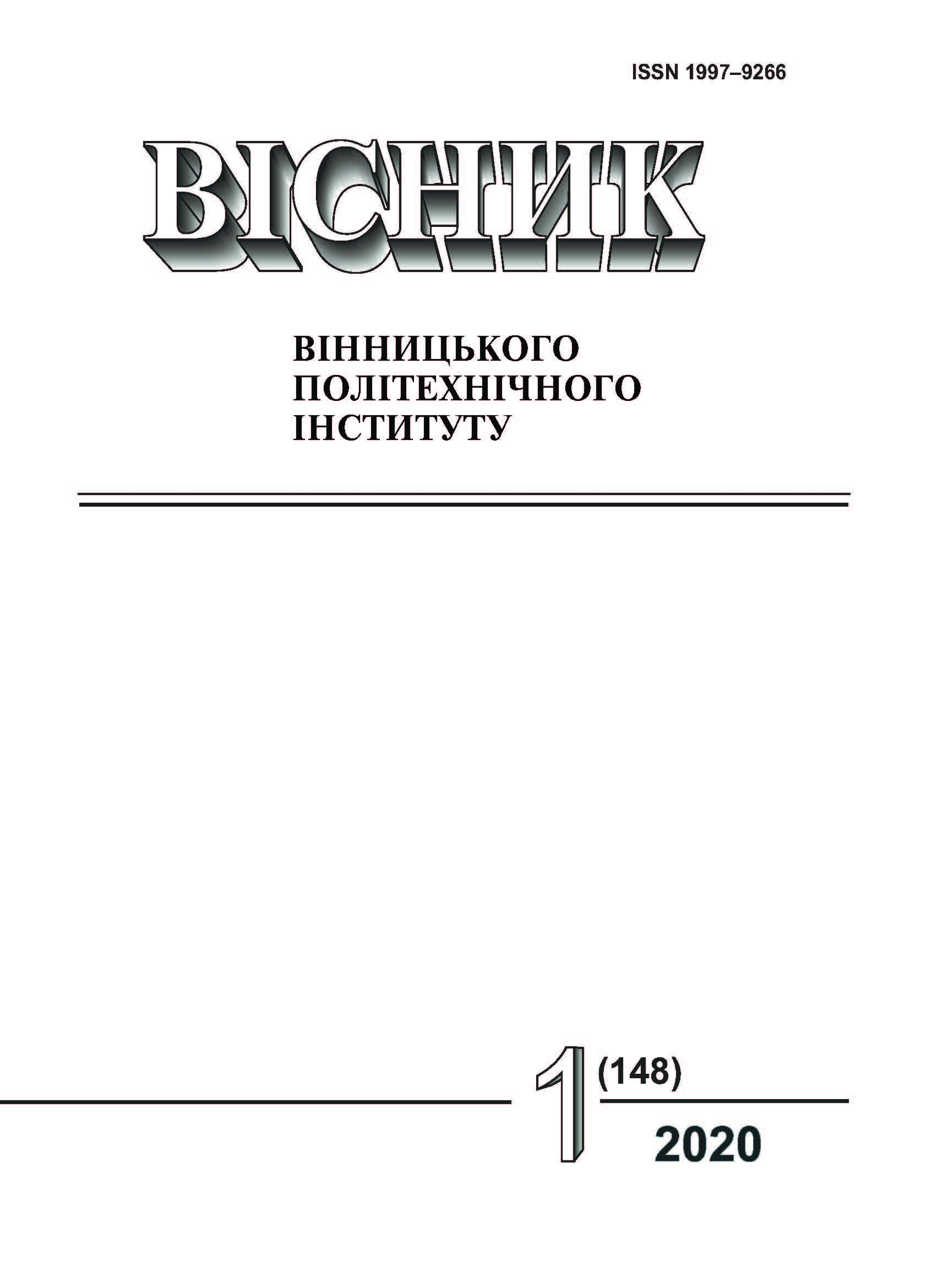The Application of Numerical Methods for the Implementation of the Mobile Robot Positioning System
DOI:
https://doi.org/10.31649/1997-9266-2020-148-1-77-83Keywords:
robot, phase measurement method, sensor, measuring channel, numerical measurement methodAbstract
Any modern production cannot be imagined without robotized processing lines of materials and assembly lines in such fields of production as, for example, aircraft and engineering, the manufacture of radio equipment, or in processes involving the use of caustic and toxic substances. Therefore, the promising scientific and technical direction is the development and improvement of the electromechanical part of production lines and complexes. The solution of this problem is possible due to the use of modern methods for collecting information from primary sensors, as well as the introduction of modern means of their processing and synthesis of control pulses on the electro-mechanical parts of the equipment. The precision of positioning of electromechanical elements of robotic technological manipulators directly depends on the accuracy of determining their position and following the rotor programmed trajectory. Therefore, it was proposed to use a phase method for measuring the displacement of the robot manipulator, which allows obtaining high sensitivity of measurement and, accordingly, ensuring a high degree of accuracy of operations and reacting to changes in production technology. The implementation of the phase measurement method is related to the use of the reference signal, according to which observation is carried out. However, in practice measurement occurs nonlinear effects of the medium of propagation of signals (nonlinearity immital properties of the medium, interference, etc.), which leads to a non-matching of the spectral composition of the measuring and reference signals. Another aspect affecting the measurement result is the accuracy of the approximation of the sensor transformation function based on the assumption that the measuring signal is quasigarmonic, which is not always true. Therefore, in this paper a numerical method for measuring the phase of continuous signals without binding to their geometric form is proposed.
References
Г. Г. Раннев, и А. П. Тарасенко, Методы и средства измерений, учебник, 5-е изд., стер. Москва, Россия: Академия, 2008, 332 с.
С. Ф. Маликов, Введение в технику измерений. Москва, Россия: МАШГИЗ, 2017. 187 c.
Т. В. Яковлева, «Метод определения фазового сдвига квазигармонических сигналов, основанный на анализе огибающей,» Компьютерная оптика, № 6, с. 950-956, 2017.
О. В. Осадчук, О. С. Звягін, О. П. Червак, і А. Ю. Савицький, «Вимірювання різниці фаз періодичних сигналів,» in Proc. Vth International Scientific-Practical Conference. Physical and Technological Problems of Transmission, Processing and Storage of Information in Infocommunication Systems, Chernivtsi, 2017, рр. 142.
А. В. Максимов, «Моделирование устройств на микроконтроллерах с помощью программы ISIS из пакета PROTEUS VSM», Радио, № 4, с. 30-33, 2015.
В. С. Осадчук, О. В. Осадчук, А. О. Семенов, і К. О. Коваль, Функціональні вузли радіовимірювальних приладів на основі реактивних властивостей транзисторних структур з від’ємним опором, монографія. Вінниця: ВНТУ, 2011. 336 с
Downloads
-
PDF (Українська)
Downloads: 218
Published
How to Cite
Issue
Section
License
Authors who publish with this journal agree to the following terms:
- Authors retain copyright and grant the journal right of first publication.
- Authors are able to enter into separate, additional contractual arrangements for the non-exclusive distribution of the journal's published version of the work (e.g., post it to an institutional repository or publish it in a book), with an acknowledgment of its initial publication in this journal.
- Authors are permitted and encouraged to post their work online (e.g., in institutional repositories or on their website) prior to and during the submission process, as it can lead to productive exchanges, as well as earlier and greater citation of published work (See The Effect of Open Access).





